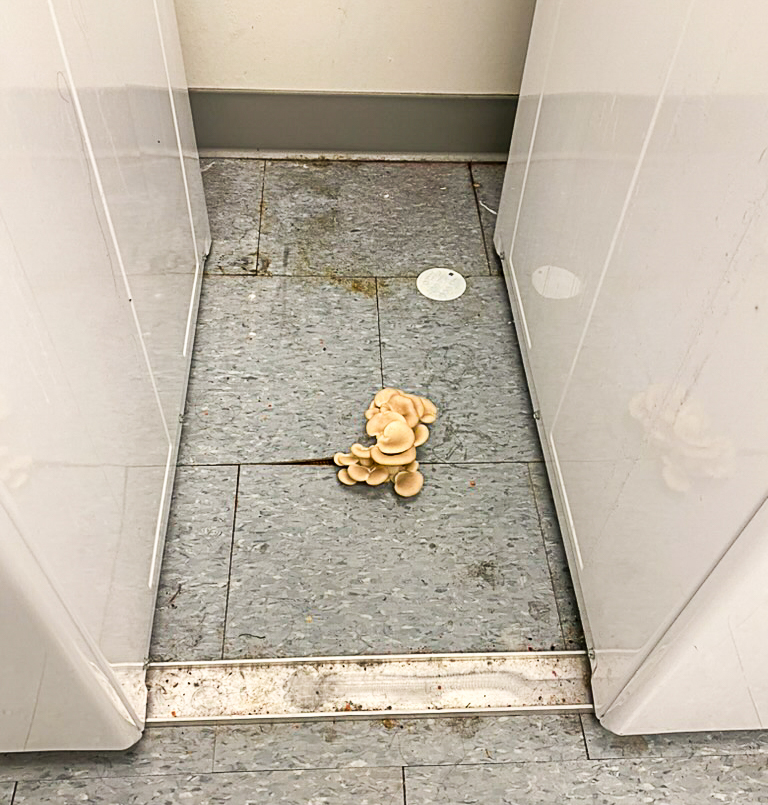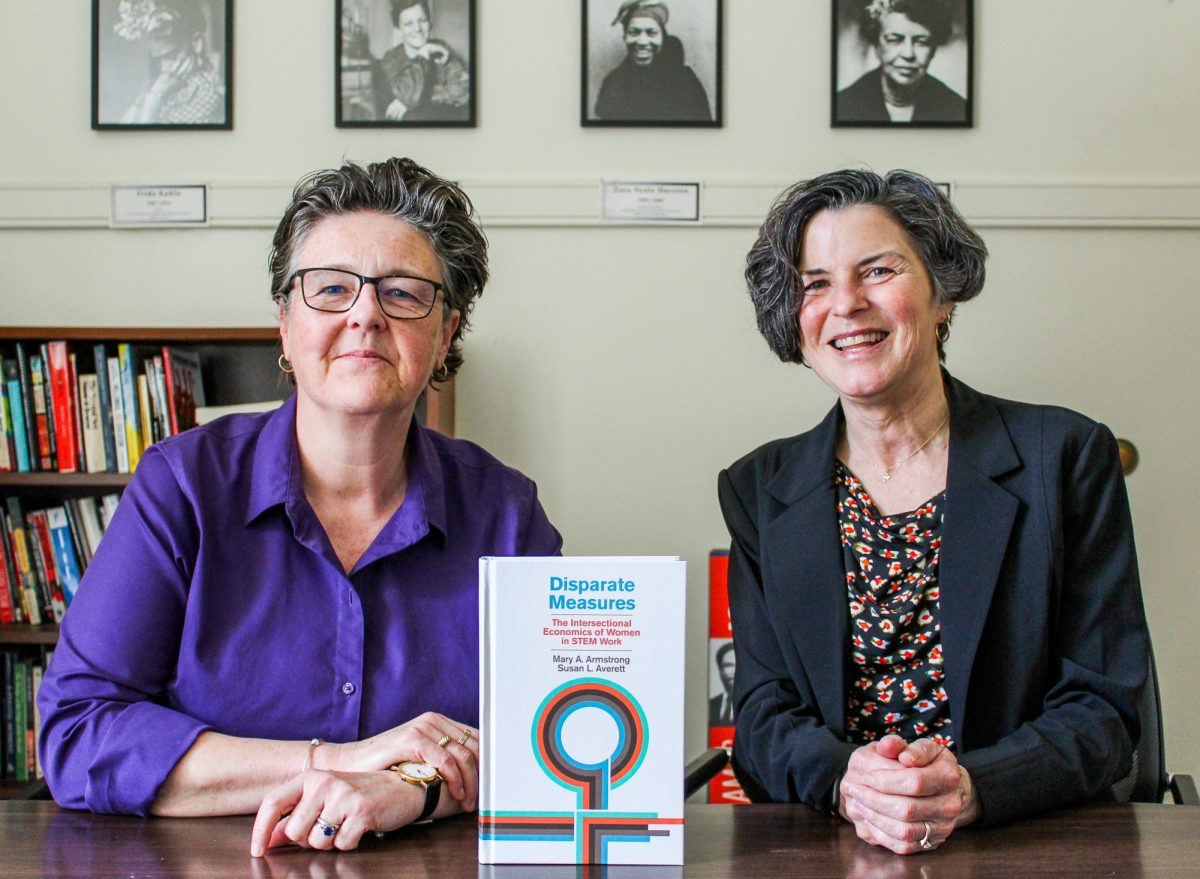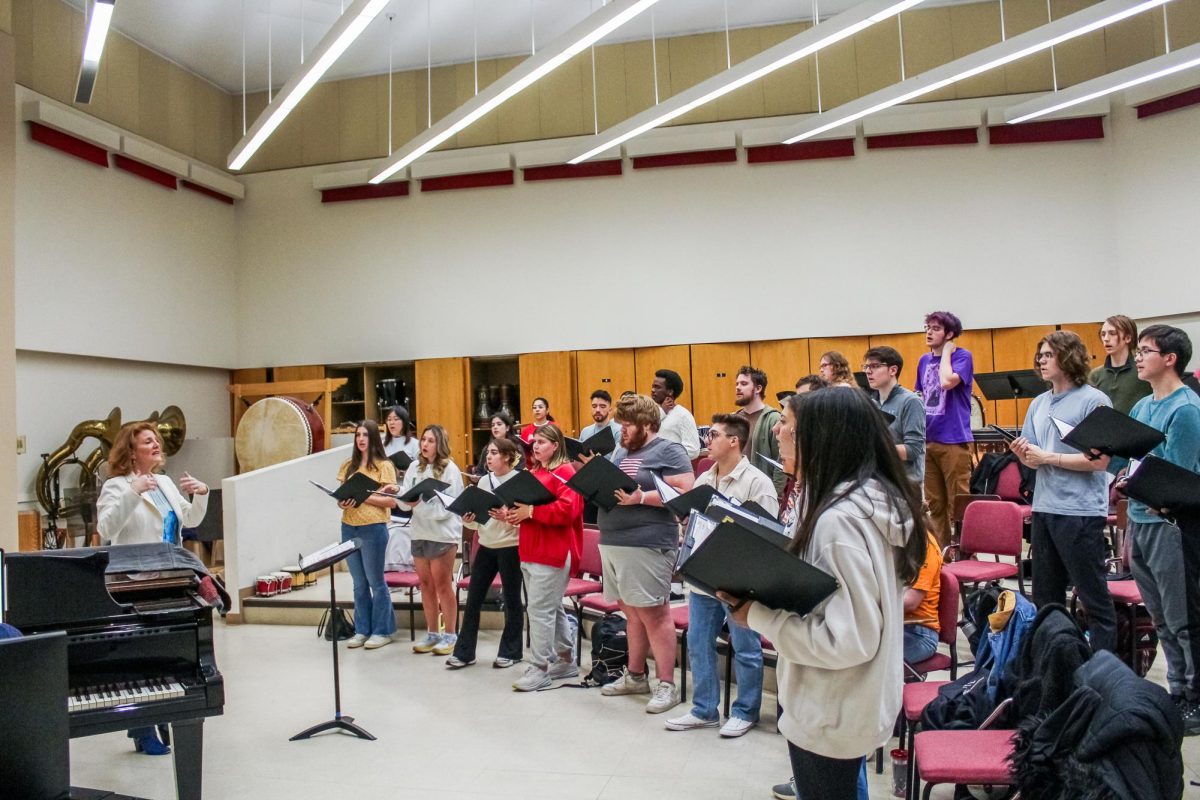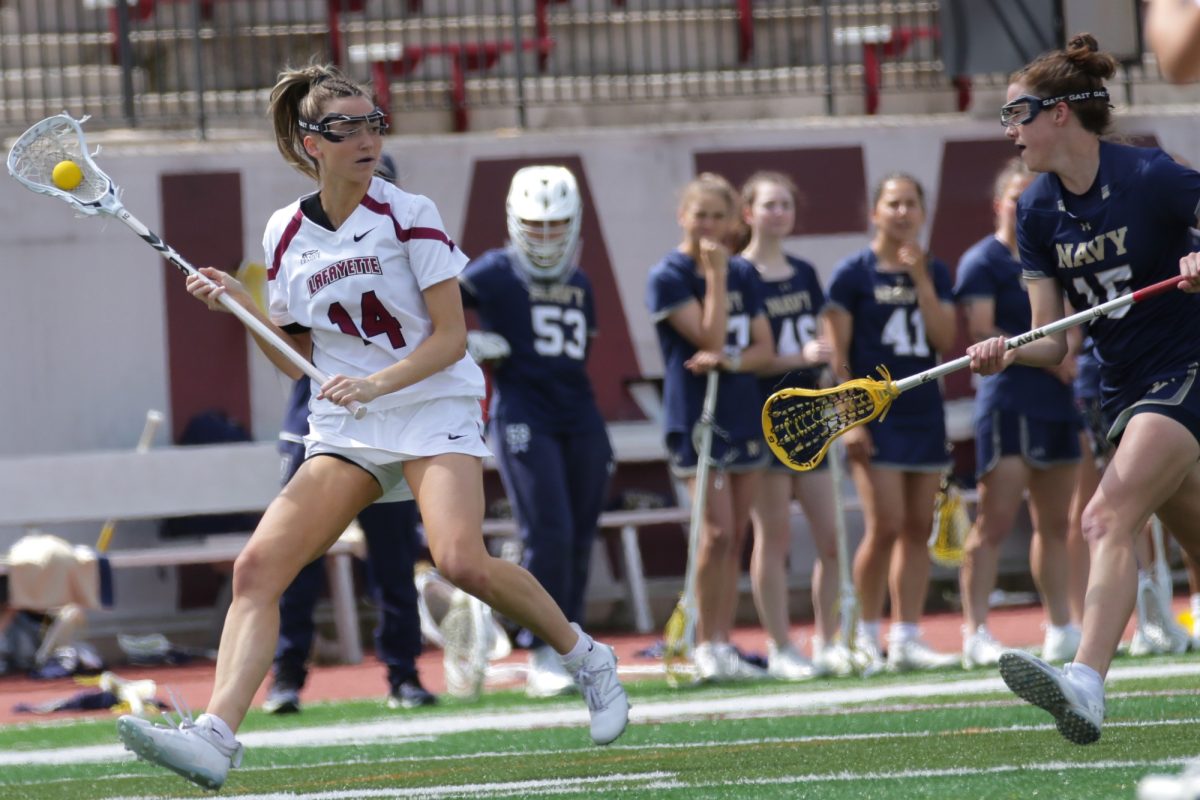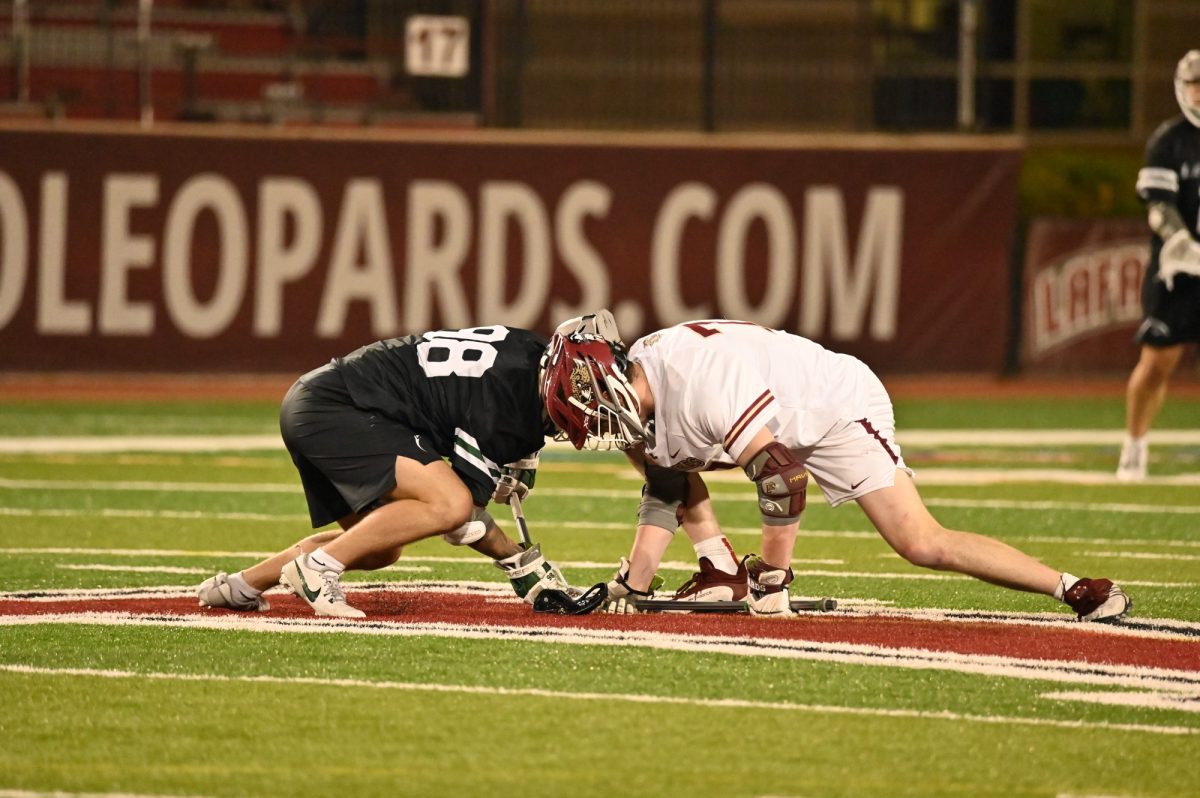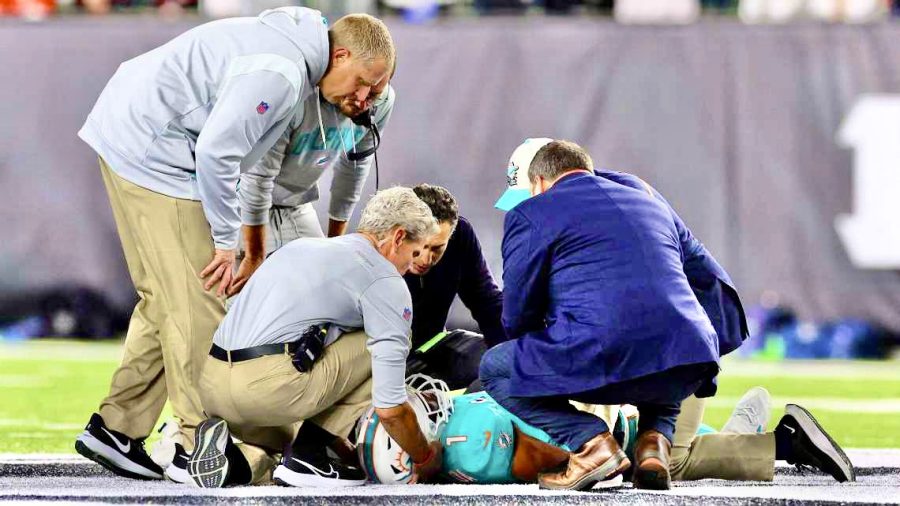Last Thursday, Miami Dolphins quarterback Tua Tagovailoa sustained an injury that sent shock waves through the NFL. Just three days after an injury that left him unable to walk without falling, Tagovailova was dropped by a defensive lineman on his neck and the back of his head. He was quickly taken off the field on a stretcher and taken to the hospital, where he couldn’t move and experienced a loss of control over his fingers.
With an increasing focus on concussion safety in the last 10 years, many have wondered how Tagovailoa was allowed to return to the field in such a short time after demonstrating such visible symptoms of head trauma. The independent examiner that cleared him for play has since been fired, but the question of how his condition slipped through the cracks remains unanswered.
So how does Lafayette’s concussion protocol measure up? With most Lafayette student-athletes practicing daily and many taking hard hits regularly, the National College Athletics Association (NCAA) and National Athletic Trainers’ Association (NATA) guidelines for diagnosing and treating concussions inform the sports medicine staff’s approach to ensuring the health of players.
Matt Bayly, head of sports medicine, along with Lafayette’s athletic trainers and other sports medicine staff, employ these guidelines that have been standardized across the country in recent years as more information comes to light about the detrimental effects of concussions on the brain.
“A concussion is actually the brain moving back and forth inside the skull,” Henry Hallock, assistant professor of neuroscience, said.
“I think the toughest thing about concussions is that they cause really widespread injury,” Hallock continued. “The brain is heavily interconnected, and so if you’re damaging some kind of surface area of the brain … you’re not only causing direct damage to the neurons, which are the cells located right in that region, but also all the other cells that those cells talk to. And so, you’re kind of taking out some pieces of a big network.”
The first step in this process of concussion protocol is baseline testing, which every Lafayette athlete must participate in before they are eligible to play. For football players, this testing is repeated every year. “The real key component to this is all these things are standardized, which means they’re repeatable,” Bayly said.
The data collected from these tests, which measure cognitive abilities, are then used as a comparison when players are evaluated on the sidelines after taking a hit during a game.
“One of our mantras here is ‘when in doubt, keep them out,’” Bayly said. “So in the presence of or suspicion of a concussion, that individual is done for the day.”
All players, coaches and athletic staff are trained yearly on the signs of a concussion as well as the types of hits that can cause them.
“Some concussions can present themselves immediately. We have seen the occasional concussion that does not present itself for several hours later after the hit,” Bayly said.
“One individual could have five concussions and every one of those concussions could present very differently. Ten people could be hit the very same way in the very same spot with the same protection … and they could all have different experiences with their concussions,” Bayly added.
For this reason, follow-up care is a vital part of the athletic program’s concussion protocol. If players are showing symptoms of a concussion, they are re-evaluated 24 hours after the injury. If they are suspected of a concussion but have not shown symptoms near the time of impact, that evaluation occurs after 72 hours.
The last step of the protocol is the return-to play-regimen.
“[We] test the brain a little bit to find out whether it’s really, truly ready to return to play and return to learn,” Bayly said.
This six-step protocol occurs over the course of several days. It begins with players riding a stationary bike for 30 minutes while limiting their heart rate to 120 beats per minute (bpm). Players then move on to more intense exercise, allowing their heart rates to reach 150 bpm. The third step features exercises like sit-ups, squats and push-ups that require a change in elevation.
“Sometimes, you stand up too fast and get dizzy or lightheaded, so we’re actually going to try to replicate that a little bit — not only changing the intensity but also the elevation,” Bayly said.
Finally, steps four, five and six are sport-specific drills, full practice with contact and return to play, respectively. These return-to-play guidelines come from the NATA.
“One of the biggest challenges in all of this is as with everything else in healthcare, the diagnosis and subsequent plan are very dependent upon the transparency of the patient. We can’t know how somebody is feeling unless they tell us what it is that they’re feeling,” Bayly said.
As more research is conducted globally regarding the effect of concussions, particularly their cumulative effect when left untreated, Bayly and the rest of the athletic staff plan to continue their education plans and treatment protocol.


























